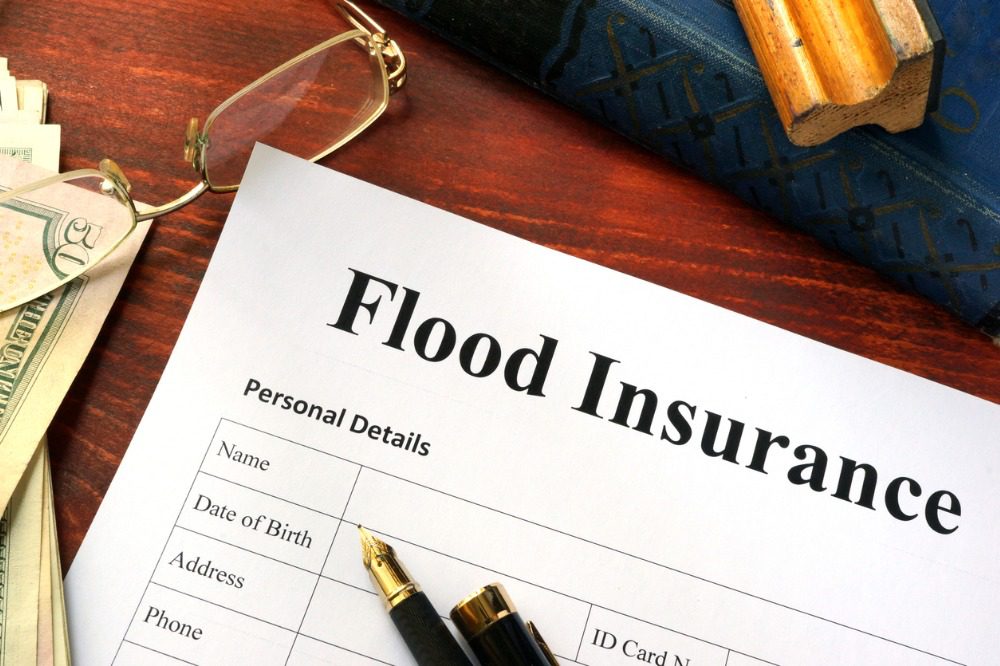Coastal properties at risk of becoming uninsurable – report

Coastal properties at risk of becoming uninsurable – report | Insurance Business America
Catastrophe & Flood
Coastal properties at risk of becoming uninsurable – report
Continued heightened storm activity scaring off carriers
Catastrophe & Flood
By
Kenneth Araullo
The latest report from DBRS Morningstar highlights the potential long-term consequences of a concerning trend in coastal properties, including the possibility of declining property values along the US coast if insurance coverage becomes inaccessible or too costly.
Property damage caused by tropical storms, particularly tropical cyclones like hurricanes, has been on the rise in the country, leading to significant insured losses since the early 1990s. This upward trend has raised concerns about the availability and affordability of insurance coverage. As the private insurance sector grapples with these increasing losses, there’s a growing reliance on government programs, such as the National Flood Insurance Program (NFIP) and Florida’s Citizens Property Insurance Corporation.
However, at present, this surge in catastrophe loss exposure does not have negative credit rating implications for the rated insurance companies, as they are effectively managing the associated risks.
Insurers have found themselves increasingly exposed to larger and more frequent weather-related losses driven by climate change. Rising real estate values and higher concentrations of high-value properties in vulnerable areas have amplified these losses. Population growth and migration patterns have contributed to continued development in coastal counties at high risk of hurricanes.
According to the National Oceanic and Atmospheric Administration, approximately 40% of the US population now resides along the coast, with coastal counties contributing over $9.5 trillion to the economy, employing 58.3 million people, and paying about $3.8 trillion in wages (excluding Alaska).
Insurer exits in coastal states
Florida stands out as a state with the highest coastal population growth between 1970 and 2020, at 217%. It is also the state where most hurricanes make landfall in the US. As such, with the ongoing increase in coastal population and infrastructure development along hurricane-prone Atlantic and Gulf coastal states, economic damages and insured losses caused by tropical storms during the Atlantic hurricane season are anticipated to continue rising.
Recently, insurance companies have stopped offering coverage in states like Florida, California, and Louisiana, which are susceptible to natural disasters and high reconstruction costs. In July 2023, Farmers Insurance went so far as to inform the state of Florida of its decision to exit the state entirely. This reduction in insurance options has limited choices for homeowners and businesses in these areas.
For the insurers that still offer coverage in these high-risk regions, increased demand has led to higher rates. Many insurers now rely heavily on reinsurers to cover limits that exceed their risk tolerance. Some insurers are reducing coverage limits to minimize their exposure. The Insurance Information Institute predicted that property insurance rates in Florida could surge by as much as 40% in 2023. This, in turn, is expected to lead to a growing reliance on government insurance programs, such as the NFIP and Florida’s Citizens Property Insurance Corporation, in the short to medium term.
The departure of insurers from catastrophe-prone states in the US has created an insurance coverage gap. This gap could potentially trigger declines in property valuations in affected regions if alternative insurance sources, like government programs, are unable to step in. States along the Atlantic coast should prepare for turbulent times ahead, as they are likely to experience at least one major storm each year during hurricane season.
Despite these challenges, there are no immediate rating implications due to insurers exiting affected regions. However, individual properties and transactions could be impacted if property prices decline because of expensive or unavailable insurance coverage.
“The exit of insurers from catastrophe-prone states in the US creates an insurance coverage gap. We anticipate that this could eventually be a trigger for declines in property valuations in the affected regions in the absence of alternative sources of insurance protection,” said Victor Adesanya, Global Financial Institutions Group insurance vice president.
What are your thoughts on this story? Please feel free to share your comments below.
Related Stories
Keep up with the latest news and events
Join our mailing list, it’s free!








